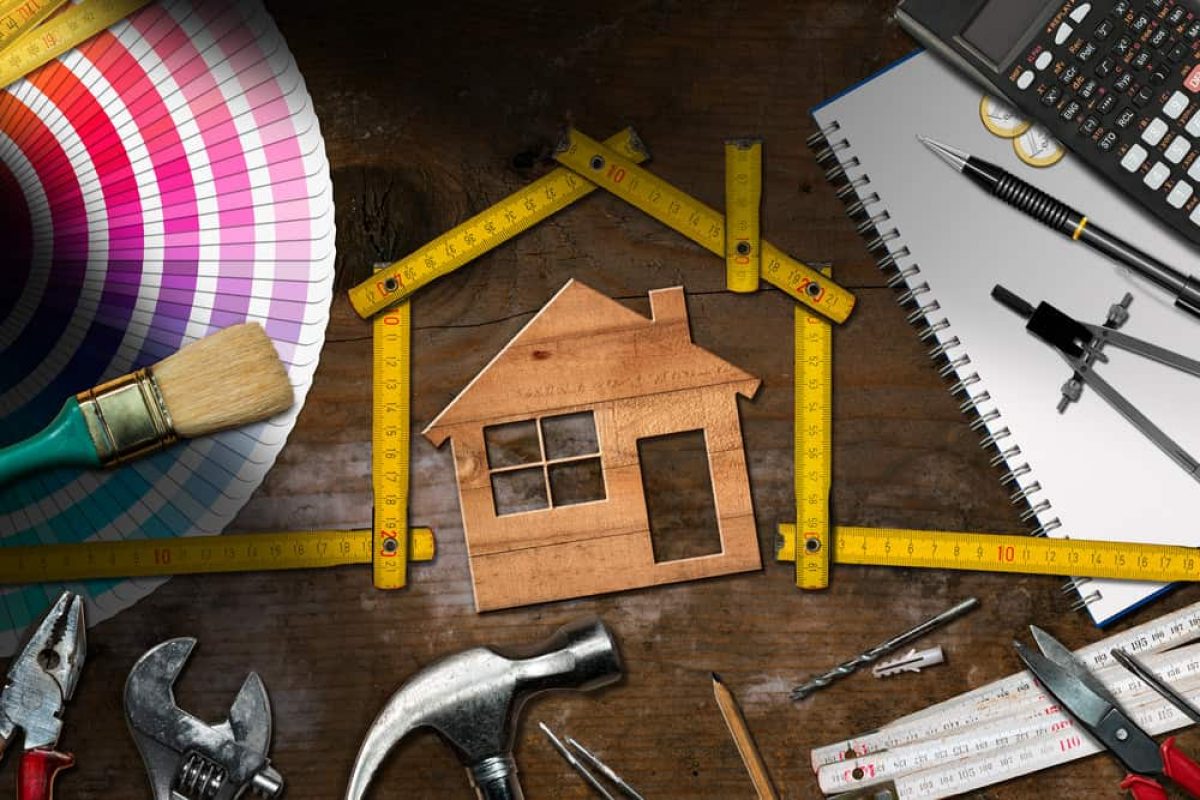In the United States, stucco is a typical material for home exteriors. If properly installed, stucco can defend your home against various dangers, including water, insects, strong impacts, hot and cold temperatures, and fire.
But how well can stucco ward off the fire and safeguard your home’s occupants? How does stucco stack up against other frequently used materials for residential walls? How fireproof is an adequately installed stucco system?
This article will answer your worries in-depth and provide a complete view of the defenses stucco offers.
Fire Resistance of Stucco
The materials used to make stucco are the key to its exceptional fire resistance as a building material. Among the constituents are sand, limestone, and various fillers. Because none of these chemicals burn or ignite, stucco does not.
Stucco application procedures for walls may assist in fire suppression. The most typical number of layers utilized during installation is three. These layers give thickness and protection to the surface of the wall.
Stucco may cover additional fire-resistant building components in addition to its inherent fire resistance. Although stucco may be applied to brick or stone, it is often used on stick-built (wood frame) homes. This is usually done to get the stucco effect.
Comparison to Other Siding Materials
In terms of fire prevention, how does stucco stack up against other popular siding material alternatives?
Stucco is far more fire-resistant than vinyl, wood, or faux wood. When subjected to the high temperatures associated with fire, vinyl melts fast and readily. Vinyl may melt if exposed to direct sunshine on a warm day.
Wood and synthetic wood, on the other hand, are highly flammable and provide minimal fire protection. While vinyl won’t keep a fire from spreading to your house, it also won’t protect it from it. Wood siding cannot be used for this.
Hardie fiber cement siding and stucco have the most significant similarities, followed by stone and brick veneer. These siding types all provide adequate fire protection. The main weakness of these materials is cracks. If the surface is destroyed, the fire can get to the wood within the wall more quickly.
Stone, brick, and metal are the most fire-resistant construction materials. Since stone and brick are in total thickness, they provide far greater protection than their veneer equivalents.
Stucco Fire Rating
A stucco installation’s average thickness is 1 inch. The wall will have at least three coats of stucco to achieve this thickness. These are the brown, finish, and scratch coatings. Additional layers are also feasible to defend against particular, localized environmental threats, even though these three layers are standard.
Typically, stucco has a fire rating of 1 hour at 1-inch thickness. This indicates that the fire would take an hour to penetrate the wall and harm the remainder of your house if exposed to flames.
Compared to the typical period for contemporary and antique houses, 1 hour is an impressively long time to withstand fire. On average, a modern home’s walls may be breached by fire in between 3 and 5 minutes. Homes constructed 30 years ago may endure, on average, 15–17 minutes.
The 1-hour fire rating of stucco is important for two reasons. First, it gives you and your family more time to flee the building if there is a fire. Additionally, it indicates that your house can withstand the flames until the fire brigade arrives to put it out.
Protect Your Home From Fire
If fire resistance is a feature you want in your home’s siding, stucco is an excellent replacement. Because it comprises non-combustible elements, stucco is resistant to flame contact and high temperatures.
While vinyl siding is the most popular and cost-effective alternative, it provides significantly less protection than stucco. Stones and bricks, on the other hand, are natural materials. more costly but provide the best protection. Stucco, rock, and brick veneers are in the middle and provide cheap protection.
Stucco projects because of its 1-hour fire rating, meaning it generally takes 1 hour for the fire to penetrate a wall. This house has a far higher fire rating than most new dwellings.
Despite stucco’s strong fire resistance, remember that most house fires originate from inside the building. Stucco will not prevent such flames from reaching your house. It can, however, defend it against flames that start outside your home.
Gold Star Stucco & EIFS Repair / Dayton Stucco
Stucco Today is your neighborhood stucco contractor. We’ve been in the stucco industry since 1985 and have earned a reputation for dependable service. Please contact us for a free quote on your next stucco job.
